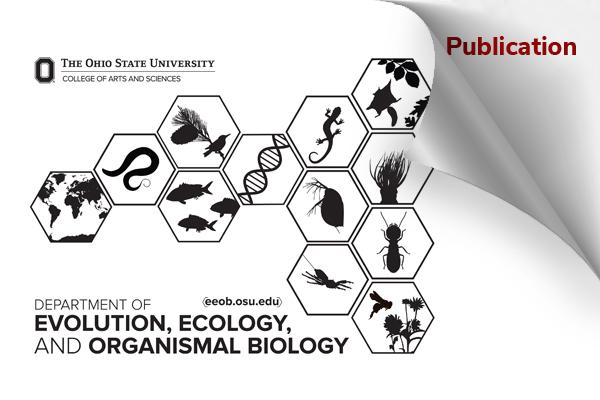EEOB Publication - Carstens

Genetic structure and landscape effects on gene flow in the Neotropical lizard Norops brasiliensis (Squamata: Dactyloidae)
Emanuel M. Fonseca, Nathaniel S. Pope, William E. Peterman, Fernanda P. Werneck, Guarino R. Colli & Bryan C. Carstens. Heredity (2024). doi.org/10.1038/s41437-024-00682-5
Abstract
One key research goal of evolutionary biology is to understand the origin and maintenance of genetic variation. In the Cerrado, the South American savanna located primarily in the Central Brazilian Plateau, many hypotheses have been proposed to explain how landscape features (e.g., geographic distance, river barriers, topographic compartmentalization, and historical climatic fluctuations) have promoted genetic structure by mediating gene flow. Here, we asked whether these landscape features have influenced the genetic structure and differentiation in the lizard species Norops brasiliensis (Squamata: Dactyloidae). To achieve our goal, we used a genetic clustering analysis and estimate an effective migration surface to assess genetic structure in the focal species. Optimized isolation-by-resistance models and a simulation-based approach combined with machine learning (convolutional neural network; CNN) were then used to infer current and historical effects on population genetic structure through 12 unique landscape models. We recovered five geographically distributed populations that are separated by regions of lower-than-expected gene flow. The results of the CNN showed that geographic distance is the sole predictor of genetic variation in N. brasiliensis, and that slope, rivers, and historical climate had no discernible influence on gene flow. Our novel CNN approach was accurate (89.5%) in differentiating each landscape model. CNN and other machine learning approaches are still largely unexplored in landscape genetics studies, representing promising avenues for future research with increasingly accessible genomic datasets.
